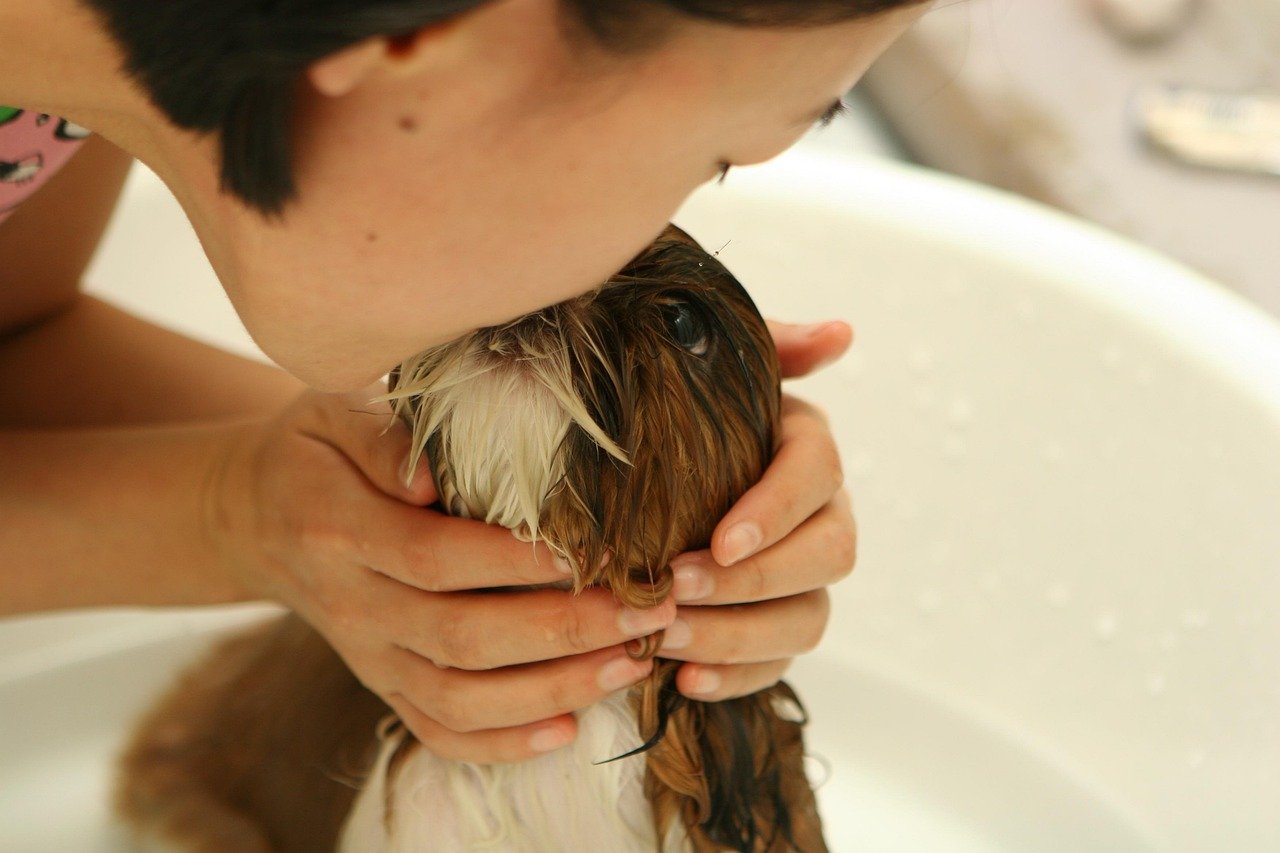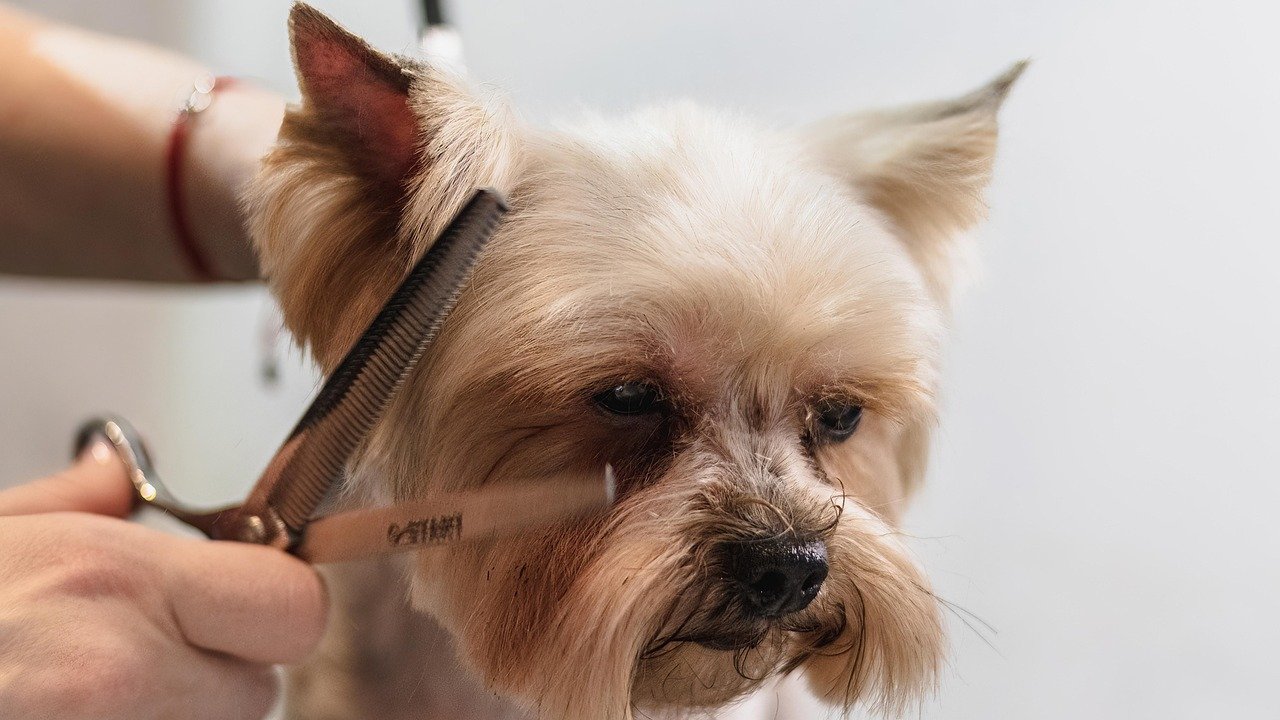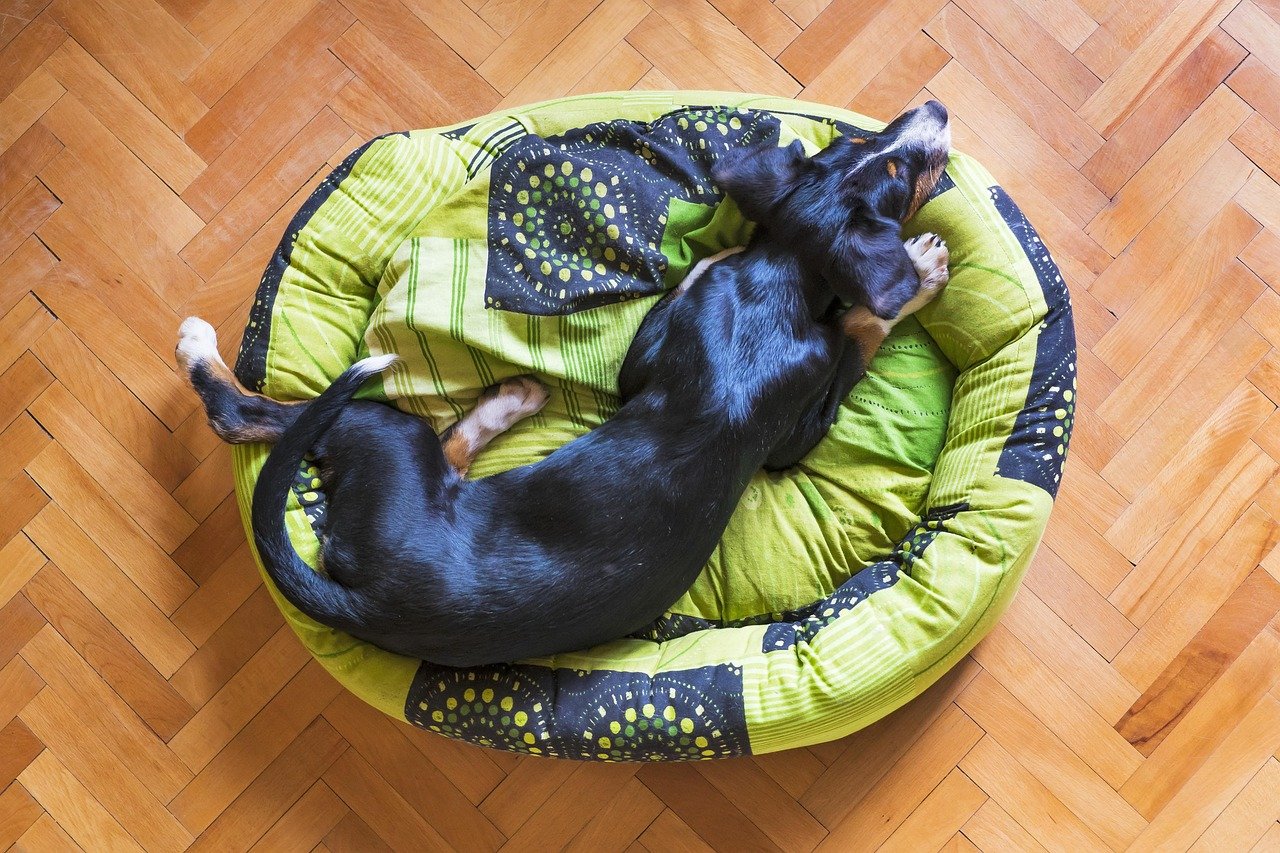Have you ever looked at your furry friend and wondered how much their wagging tail impacts the planet? It’s a surprising truth: our love for dogs can come with a hefty environmental price tag. From plastic poop bags to mountains of packaging, the waste adds up fast. But what if every walk, meal, and cuddle could also shrink your carbon pawprint? You don’t have to be a superhero to make a difference—just a caring dog owner with a few clever swaps up your sleeve. Here are 15 simple, heartfelt ways to go green with your dog, making every day a bit better for the earth and your best friend.
Choose Compostable Poop Bags

Most dog owners grab plastic bags to scoop up after their pups, but those bags can stick around in landfills for centuries. Compostable poop bags are a game-changer. Made from plant-based materials like cornstarch, these bags break down much faster, reducing your plastic waste dramatically.
Switching to compostable bags is easy. Just toss a few in your pocket before heading out. They’re just as strong as plastic, so you don’t have to worry about messy accidents. Many brands now offer affordable options, so you won’t break the bank by making the swap. Your daily walks can now help heal the planet, one scoop at a time.
Switch to Bulk Dog Food
Most dog food comes in individual packaging that piles up quickly in the trash. Buying in bulk minimizes waste because it cuts down on all those little bags and boxes. Some pet stores even let you refill your own container, which means zero packaging at all.
When you buy in bulk, you’re not just cutting down on waste—you’re often saving money, too. Plus, storing your dog’s food in airtight containers keeps it fresher for longer. This simple habit swap is a win for the planet, your wallet, and your pup’s taste buds.
Try Homemade Dog Treats
Store-bought treats are usually wrapped in plastic and might include mystery ingredients. Making your own dog treats at home is surprisingly simple and lets you control what goes into your pup’s snacks. You can use leftovers, like pumpkin or chicken, to whip up tasty, healthy rewards.
Homemade treats don’t need any packaging, so you’re instantly cutting down on plastic waste. Plus, your dog will love the fresh flavors, and you’ll know exactly what’s fueling their fun. It’s a fun weekend project that makes your kitchen smell amazing and keeps your dog’s tail wagging.
Invest in Durable Toys
Cheap, flimsy toys might be tempting, but they usually end up in the trash after just a few play sessions. Durable toys—made from natural rubber, hemp, or recycled materials—last much longer and are often safer for your dog.
Choosing quality over quantity means fewer toys wind up in the landfill. Some brands even offer repair or recycling programs for their products. Picking sturdy toys is a smart way to keep your dog entertained while treading lightly on the earth.
Opt for Washable Pee Pads
Disposable pee pads can create a mountain of waste, especially for puppies or senior dogs. Washable, reusable pee pads are a greener solution. Made from absorbent fabric, these pads can be tossed in the washing machine and used again and again.
Not only do they save you money in the long run, but they’re also gentler on the environment. Plus, they often come in fun colors and patterns, brightening up your home while reducing your trash output. It’s a small swap that makes a big difference, especially over time.
Feed with Stainless Steel or Ceramic Bowls
Plastic food and water bowls are cheap, but they often wear out quickly and can leach chemicals into your dog’s meals. Swapping them for stainless steel or ceramic bowls is a smart, sustainable move.
These materials last for years and are easy to sanitize. They’re less likely to harbor bacteria, keeping your dog healthier. With countless stylish options available, you can find a bowl that matches your home while saying goodbye to plastic waste.
Donate Old Collars and Leashes
Dog collars and leashes often get tossed when they’re no longer needed or your pup outgrows them. Instead of throwing them away, donate gently used gear to local shelters or rescue groups.
Many organizations are thrilled to receive these items, as they help dogs in need and reduce demand for new products. It’s a thoughtful way to declutter while giving back, turning your old gear into a lifeline for another animal.
Choose Natural Grooming Products

Many traditional shampoos, conditioners, and sprays contain harsh chemicals that can be harmful to both your dog and the environment. Natural grooming products use plant-based ingredients and come in eco-friendly packaging.
Making this switch means fewer toxins go down your drain and into waterways. Your dog’s skin and coat will thank you, too! Look for brands that use recyclable bottles or offer refills, and enjoy the peace of mind that comes from going green in the tub.
Pick Up Litter on Walks

You’re already out with your dog—why not make a positive impact on your community? Bring a small reusable bag and pick up any litter you see along your route. Every bottle, can, or wrapper you collect is one less piece harming wildlife.
This habit is contagious; neighbors often notice and join in. Walking with your dog becomes an act of kindness for the planet, and you’ll feel a little burst of pride every time you leave your favorite park cleaner than you found it.
Compost Dog Hair

Every brushing session with your dog produces a surprising amount of fur. Instead of tossing it in the trash, compost it! Dog hair is rich in nitrogen and breaks down quickly, making it an excellent addition to your compost pile.
Simply collect the hair after grooming and mix it into your compost along with other kitchen scraps. Not only does this reduce landfill waste, but it also helps your garden grow. It’s a natural cycle: your dog helps the earth, which helps your dog in return.
Repurpose Old Dog Beds

When a dog bed gets worn out, don’t send it straight to the landfill. Repurpose it as padding for a car trip, a cozy spot for outdoor naps, or even as material for a DIY project. Some shelters also accept gently used beds.
This approach stretches the life of every item you buy. With a little creativity, an old bed can find a new purpose, keeping your home clutter-free and minimizing waste. It’s a small act that shows big love for the planet.
Use Eco-Friendly Flea and Tick Prevention

Traditional flea and tick treatments often rely on chemicals that can linger in your yard and waterways. Eco-friendly alternatives use natural oils and ingredients to repel pests without harming the environment.
Look for products that are safe for both pets and people. These newer treatments are just as effective and much gentler on the ecosystem. By making the switch, you protect your dog and keep your backyard a safe haven for all creatures.
Buy Secondhand Pet Supplies
Pet stores are full of shiny new gear, but you can often find leashes, crates, and bowls in thrift shops or online marketplaces. Buying secondhand helps reduce demand for new products and keeps usable items out of the landfill.
Shopping this way saves money, too. You might even find unique or vintage items that add character to your dog’s collection. It’s a simple swap that feels like a treasure hunt and shrinks your environmental footprint.
Support Sustainable Pet Brands
Some pet companies are leading the way with sustainable practices, from using recycled materials to offsetting carbon emissions. Supporting these brands helps drive demand for greener options and encourages others to follow suit.
Research your favorite brands and look for certifications like “B Corp” or “Climate Neutral.” Every purchase is a vote for the kind of world you want to live in—and the kind you want your dog to enjoy for years to come.
Walk More, Drive Less
It can be easy to hop in the car for a trip to the dog park or vet, but every drive adds to your carbon footprint. Whenever possible, choose destinations within walking distance, or combine errands to cut down on trips.
Walking is great exercise for both you and your dog. It’s a chance to slow down, connect, and notice the world around you. By leaving the car at home, you’re making a simple, meaningful choice for the planet and your pup’s well-being.
Making eco-friendly choices for your dog doesn’t have to be complicated—just thoughtful. The 15 simple swaps in this guide show that small changes, like compostable poop bags, sustainable toys, and natural grooming products, can significantly reduce your pet’s environmental pawprint. Every sustainable step you take not only benefits the planet but also contributes to your dog’s health and well-being. Going green with your dog is more than a trend—it’s a commitment to a cleaner future, one tail wag at a time. Together, you and your pup can lead by example and make a real difference, starting right at home.

Born and bred in South Africa, a Capetonian at heart. Amy-Leigh’s love for nature and animals was inherited from her Dad. He loves taking the family on road trips to experience nature at its finest; Amy-Leigh’s favourite being whale watching in Hermanus and spotting Kudu along the West Coast. Amy-Leigh holds a BA in English Literature and Communication Studies.





